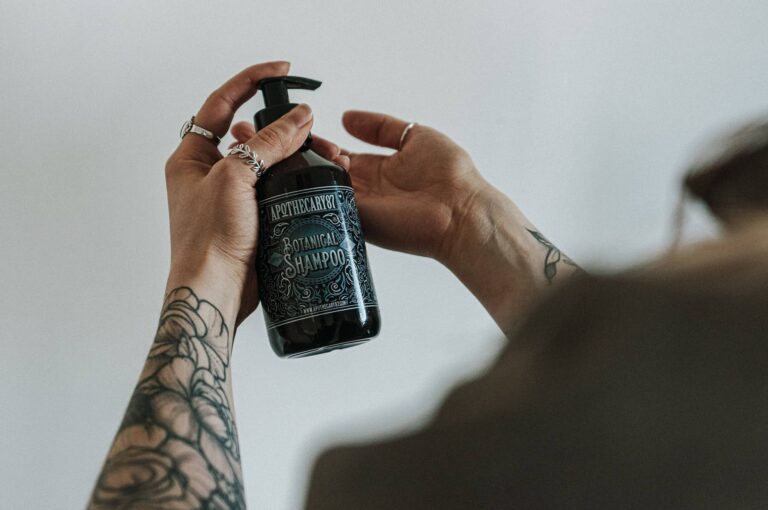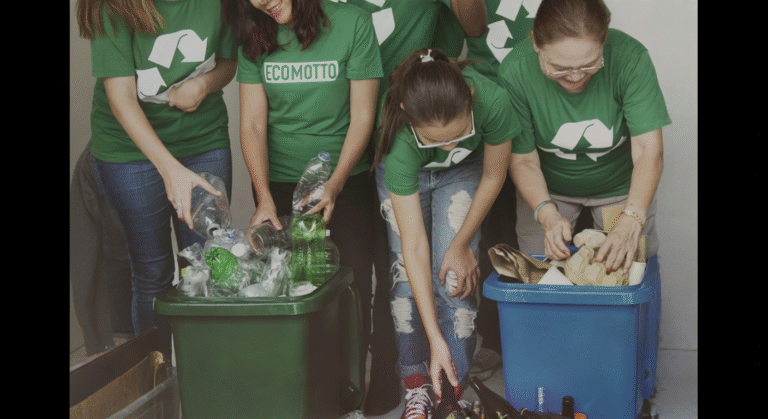Customer-Friendly Waste Management: Streamlining Your Website for Superior Service

In the waste management and recycling industry, your website is often the first stop for customers and municipal clients seeking answers or scheduling services. When visitors can’t quickly find what they’re looking for, frustration builds—leading to increased calls, longer customer service queues, and unhappy municipal clients. Fortunately, strategic website adjustments can streamline user journeys, significantly reduce customer service dependency, and build lasting client satisfaction.
Understanding What Customers Expect
Municipal clients and residential customers primarily visit waste management websites to:
- Check pickup schedules or holiday service delays
- Find recycling guidelines or disposal instructions
- Request bulk-item pickups or dumpster rentals
- Pay or understand billing or payment processes
- Report on missed collections or service issues
When customers easily access these resources, your customer service team receives fewer calls, leading to better service overall. Studies show that high-quality websites can boost customer satisfaction by up to 76%, as they provide reliable information and seamless navigation.
Clear, Concise Navigation Menus
Complex navigation menus are a leading cause of customer frustration. To make your site more streamlined and user-friendly, redesign the navigation to keep the menu bar lean while surfacing key actions as prominent CTAs in the page body. This approach brings high-traffic sections to the forefront on the landing page, ensuring visitors can take action immediately without digging through menus.
Simplify the Top-Level Menu
- Keep only 3–4 broad links (e.g., Home, About, Contact, Help)
- Reserve detailed service links for your page content
Hero Section with Icon-Driven CTAs
Below the header, feature a row of large, tappable icons with labels for your highest-value tasks:
- Schedule a Pickup
- Request Bulk Item Service
- View Recycling Guidelines
- Pay Your Bill
- Report an Issue
Secondary Quick-Links Bar
Just under your hero, add a slim strip of text links for anything else customers need fast (e.g., FAQs, Service Alerts). This lives above the fold but below your main CTAs.
Visual Hierarchy & Responsiveness
- Use color or subtle shadows to make CTAs pop
- Ensure icons and labels scale neatly on mobile
By shifting “Pickup Schedules” and “Bulk Item Requests” into visually distinct cards on the landing page, you remove clutter from the menu and drive users straight to action. Include a quick-access search bar prominently at the top of every page to help customers find specific answers instantly. Research indicates such redesigns can lower bounce rates by 46% while increasing new users by 126.6%.
Highlighting Frequently Asked Questions (FAQs)
Customers often ask repetitive questions. Preempt these calls by creating a robust FAQ page. Use real customer inquiries to develop clear, easy-to-understand answers. Consider categorizing questions based on common topics like billing, recycling, bulk pickup, and holiday schedules.
Actionable Tips:
- Keep answers concise, direct, and jargon-free.
- Regularly update FAQs based on recent customer service calls and feedback.
- Link FAQ answers to related pages or forms to guide customers to immediate solutions.
This approach not only enhances accessibility but also fosters positive electronic word-of-mouth (eWOM), with website quality linked to a 57% increase in favorable customer sharing.
Implementing Interactive Tools and Self-Service Forms
Interactive tools significantly reduce customer reliance on live support. Tools such as a “pickup schedule checker” or “bulk-item request form” empower customers to self-serve. For clear, accessible pricing, consider adding an online pricing calculator where users can input details like service type, location, and frequency to get instant quotes—eliminating uncertainty and encouraging self-service bookings.
Practical Examples:
- Interactive Pickup Schedule: Customers input their address, and the website instantly displays personalized collection dates.
- Bulk Item Pickup Wizard: A simple, step-by-step wizard helps users select items, pick a collection date, and confirm requests—automatically sending confirmations via email or text.
- Online Reporting Forms: Allow customers to quickly report missed pickups or damaged containers through a straightforward form. Instant acknowledgment emails reduce uncertainty and follow-up calls.
- Pricing Calculator: Users enter waste volume and type for real-time estimates, promoting transparency and reducing inquiries about costs.
These digital solutions significantly reduce administrative load, streamline communication, and improve resident satisfaction. In one study, digital engagement efforts in waste management led to an 88.8% increase in biodegradable waste collections, demonstrating tangible operational benefits.
Clearly Communicating Important Updates
Waste management schedules can change, especially during holidays or severe weather. Prominently display these updates on your homepage and via site-wide alerts.
Best Practices:
- Use a highly visible banner or pop-up that clearly states schedule adjustments.
- Ensure messages link directly to a detailed page with further information.
Mobile-Friendly and Accessible Design
A significant portion of website visitors use mobile devices. If your site isn’t optimized for mobile viewing, visitors are more likely to abandon it and pick up the phone instead.
Quick Improvements:
- Optimize buttons and forms for easy mobile interaction.
- Ensure text is readable without excessive zooming or scrolling.
- Maintain fast loading speeds to prevent frustration and abandonment.
Case Study: Cedar Rapids/Linn County Solid Waste Agency
The Cedar Rapids/Linn County Solid Waste Agency faced challenges educating the community on recycling and waste procedures. After a complete website revamp, they saw over 5,000 unique page views on their new Recycling page in the first year, a 46% reduction in bounce rate, and a 126.6% increase in new users. Customer satisfaction improved dramatically, and municipal clients noticed a significant drop in resident complaints.
Conclusion and Next Steps
- Review your current website navigation from the user’s perspective.
- Analyze customer service data to identify common pain points.
- Incorporate interactive tools, including a pricing calculator, and regularly updated FAQs.
- Ensure your website is fully mobile-friendly.
A user-friendly, self-service website enhances the customer experience and positions your waste management company as efficient, responsive, and dependable.






